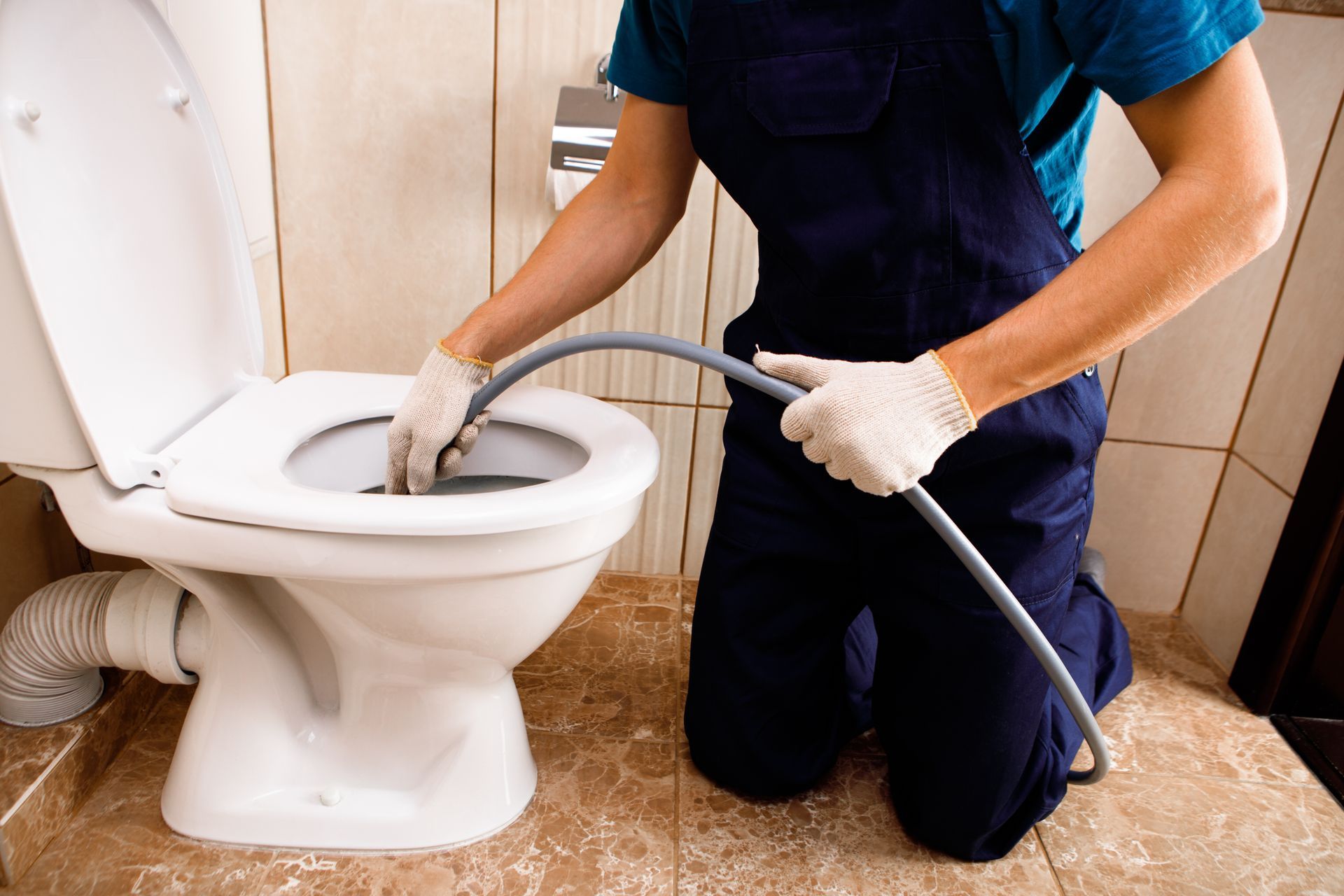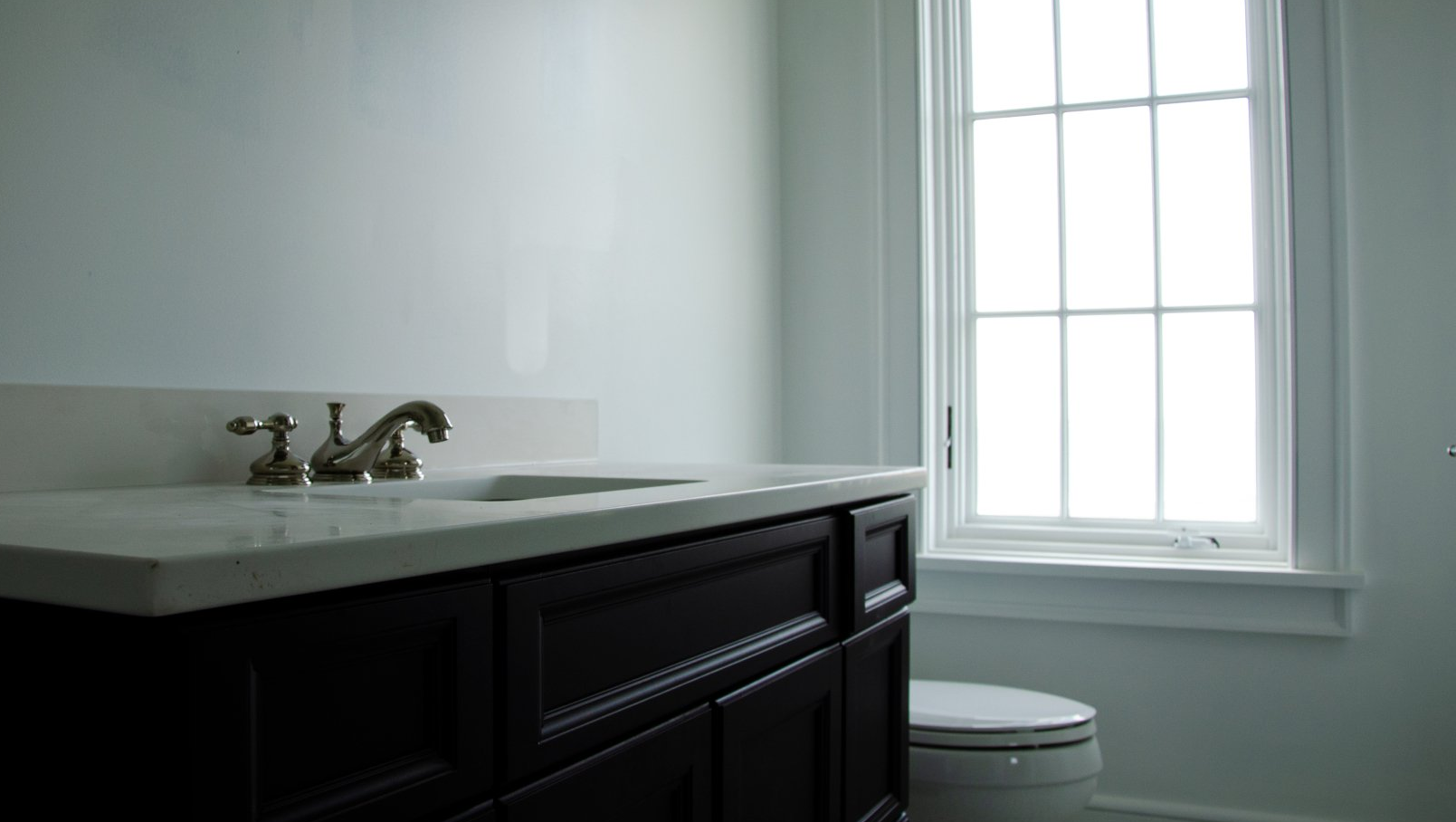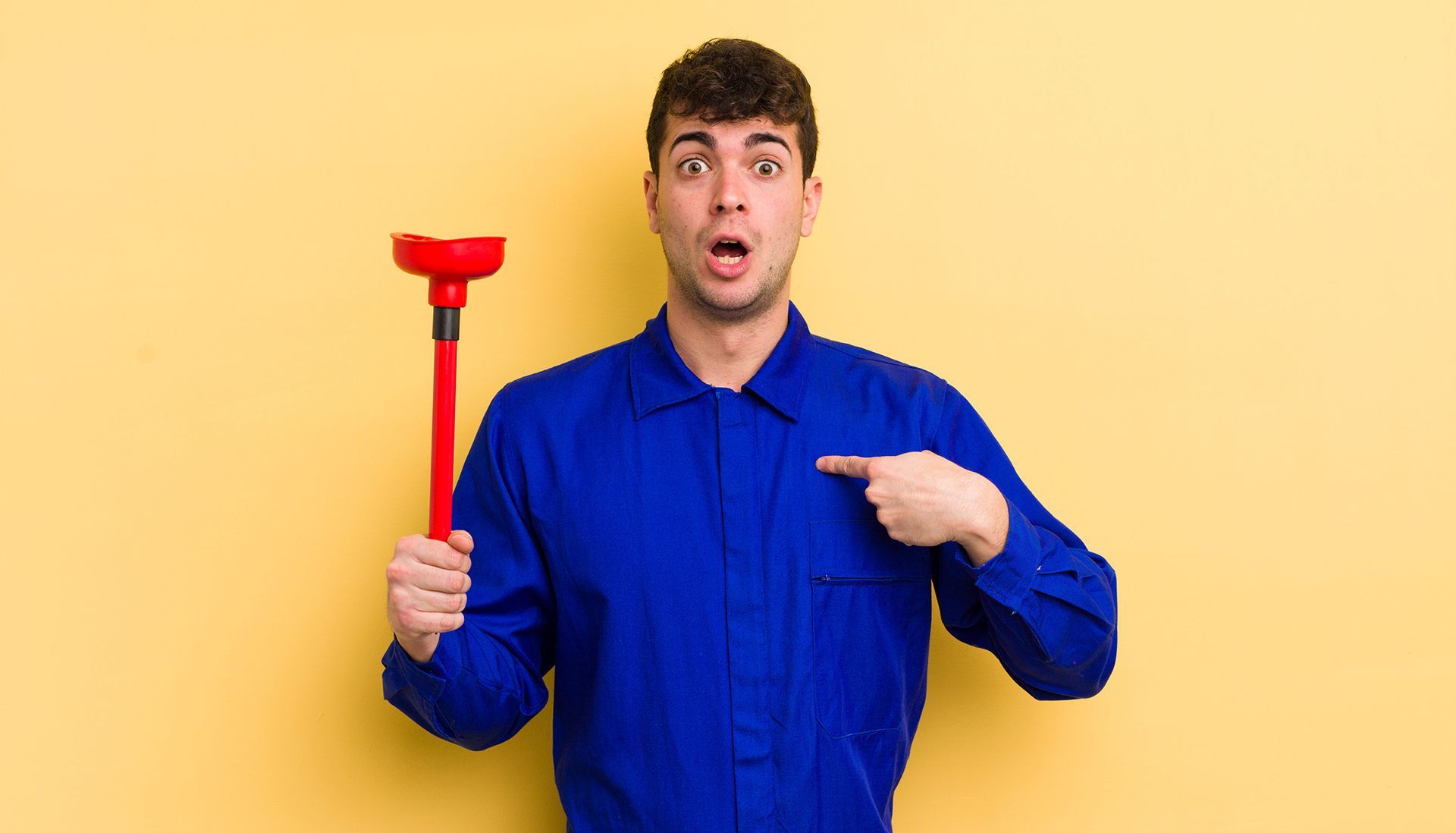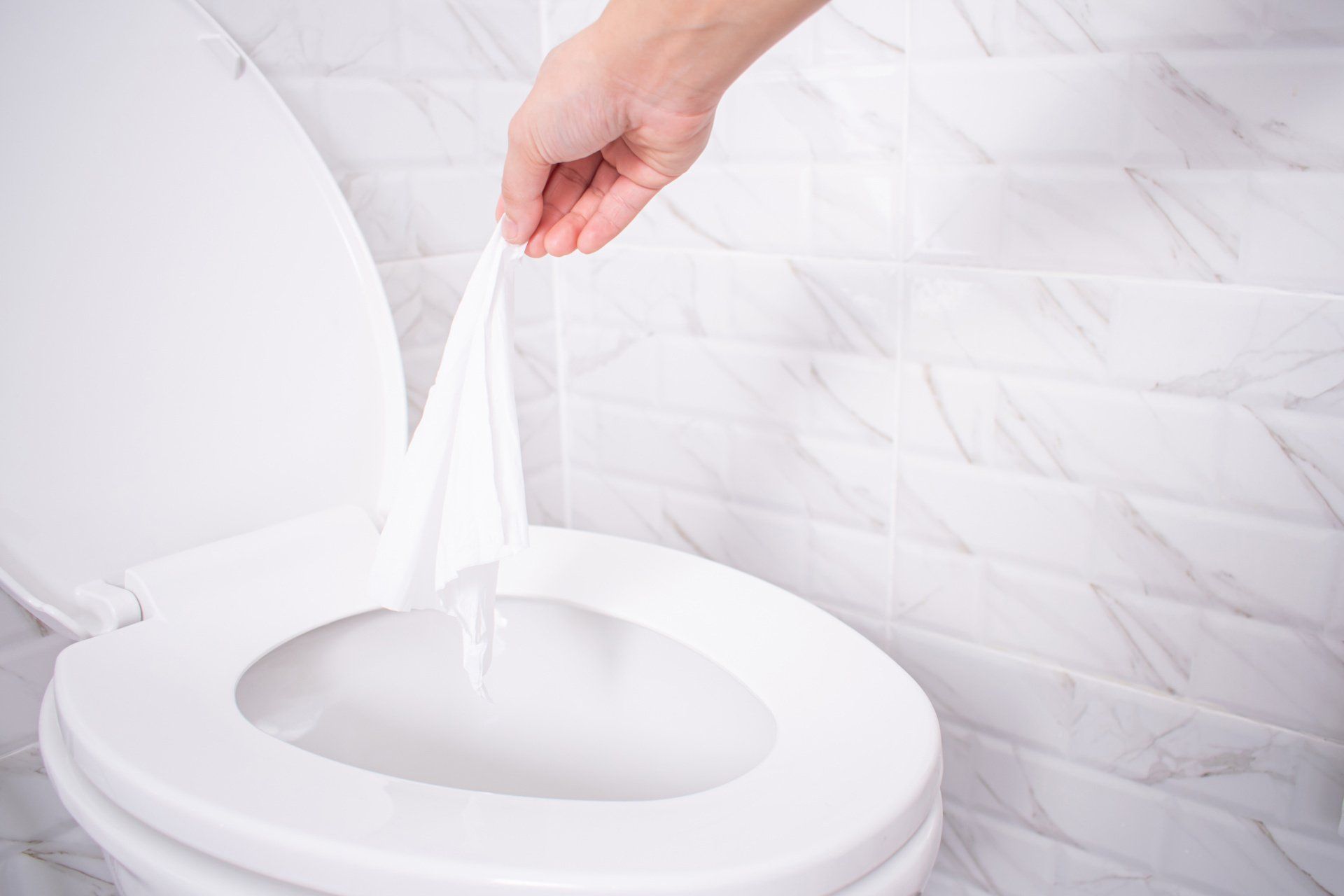The Dangers Of Flushing Paper Towels Down The Toilet
It's a simple rule: if it's not toilet paper or natural waste, it shouldn't be flushed down your toilet

Many of us have experienced the frustration of a clogged toilet. Whether it's due to excessive toilet paper usage or accidental flushing of non-flushable materials, it can be a bothersome problem to deal with. One common mistake that people make is flushing paper towels down the toilet, without realizing the potential dangers it can pose. In this blog, we will explore the reasons why flushing paper towels down your toilet is a bad idea.
(H2) Paper Towels’ Absorbency Can Cause Problems If Flushed
Firstly, paper towels are designed to be highly absorbent. Unlike toilet paper, which is specifically engineered to disintegrate upon contact with water, paper towels are made to retain their strength even when wet. This makes them much more resistant to breaking down in the pipes and sewage system. As a result, they can lead to clogs and blockages that are difficult to clear.
Due to their composition, paper towels can tangle and accumulate in plumbing pipes, gradually blocking the flow of water. Their larger size and denser fibers make them less likely to dissolve or disintegrate like toilet paper. Flushing paper towels down your toilet regularly can contribute to the accumulation of debris and eventually cause a complete blockage, leading to costly repairs.
(H2) It’s Terrible For The Environment
Secondly, the negative environmental impact of flushing paper towels down the toilet cannot be overlooked. Unlike toilet paper, which is biodegradable and breaks down quickly in sewage systems, paper towels are not designed for this purpose. When flushed, they end up in sewage treatment plants or, worse, in our oceans and waterways.
Paper towels take much longer to decompose compared to toilet paper. In a landfill, they can take weeks or even months to break down, increasing the amount of waste that clogs landfills. When they enter the waterways, they contribute to water pollution by releasing harmful chemicals as they decompose.
Moreover, the excessive use of paper towels can lead to deforestation and habitat destruction. The production of paper towels involves cutting down trees, which affects the ecosystem and reduces valuable carbon-absorbing resources. By flushing paper towels down the toilet, we indirectly contribute to this problem and harm our environment.
(H2) Flushing Paper Towels Is Bad For The Sewer System
Additionally, flushing paper towels down the toilet can have a significant impact on the infrastructure of our sewage systems. The accumulation of non-biodegradable materials like paper towels can lead to the deterioration of pipes and sewage treatment facilities. This results in costly repairs and potential disruptions in wastewater management, impacting public health and sanitation.
To avoid the dangers associated with flushing paper towels down the toilet, it is essential to dispose of them properly. Proper disposal involves using a waste bin specifically designated for paper towels. This ensures that they end up in landfills, where they can decompose at a controlled pace and pose less harm to the environment.
In conclusion, flushing paper towels down your toilet may seem like a convenient option at times, but the potential dangers and negative consequences are evident. From pipe blockages to environmental pollution and infrastructure damage, the risks are too high to ignore. It is crucial to educate ourselves and others about the proper disposal of paper towels, aiming to mitigate these risks and contribute to a cleaner, more sustainable future. So let's break the habit and think twice before flushing paper towels down the toilet.
You might also like



